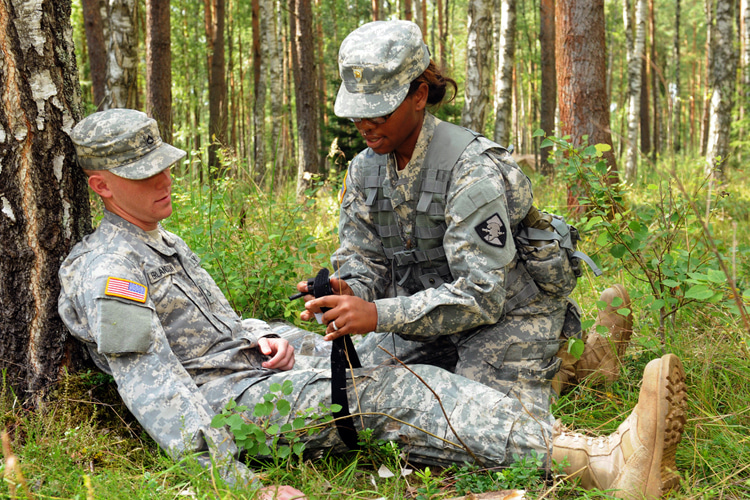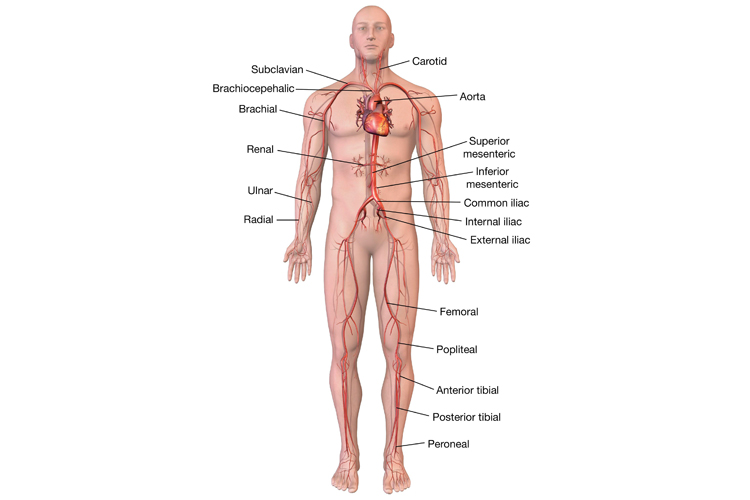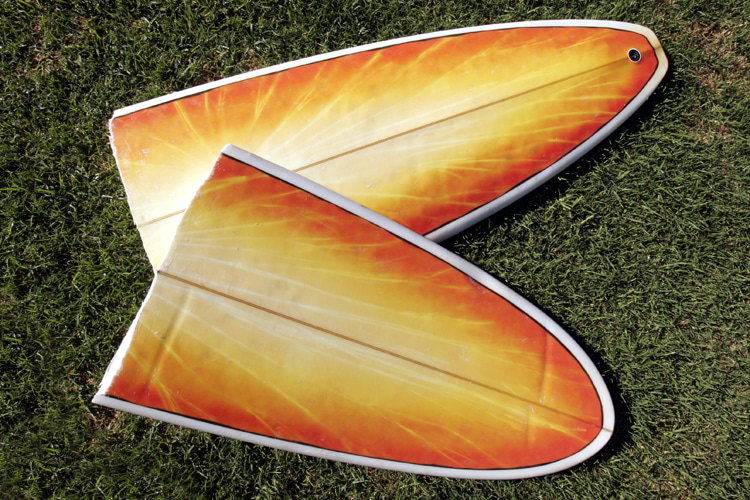Imagine you're enjoying a sunny day on the beach, and suddenly, a surfer nearby suffers a laceration from their board's fin. Blood pours out rapidly.
Knowing how to halt excessive bleeding can make the difference between life and death in situations like these.
Lacerations are among the most common surf-related injuries.
In July 2023, experienced free surfer and master tube rider Mikala Jones lost in Bali, Indonesia, after sustaining a critical laceration to the femoral artery in his groin.
The four-inch-long surfboard fin cut led to severe and sudden blood loss. Jones was not wearing a wetsuit, meaning he had less skin protection.
Despite the efforts from nearby surfers and first aid attempts, the Hawaiian passed away aged 44.
So, what is a tourniquet? How can it save lives?
A tourniquet is a device, often a band or cord, used to constrict blood flow to a part of the body, primarily limbs.
Compressing the blood vessels prevents excessive blood loss, which can be crucial in emergencies.
But are there situations where one should refrain from using a band that prevents an injured person from bleeding out?
While tourniquets can be lifesaving, there are situations where they might not be suitable:
- Minor Cuts or Scratches: For smaller wounds that don't bleed heavily, direct pressure using a clean cloth or bandage suffices;
- Non-limb Injuries: Do not use a tourniquet on the head or torso;
- After Long Delays: If it's been hours since the injury and you're unsure about its necessity, consult a medical professional instead;

First Aid Measures to Stop Bleeding
Before resorting to a tourniquet, consider these steps:
- Elevate the Injury: If possible, raise the injured limb above heart level. This uses gravity to reduce blood flow;
- Direct Pressure: Using a clean cloth, hand, or bandage, press firmly over the bleeding site;
- Pressure Points: Apply pressure on the artery supplying the bleeding area, typically located closer to the heart than the wound;
Having a complete first aid kit at hand could make a difference.
When to Apply a Tourniquet
Now that you know when not to use as well as the primary options to stop bleeding, it's time to learn when to tie the tourniquet.
"If the bleeding appears to be life-threatening and is pulsatile (squirt, squirt, squirt), say, from a shark bite or deep fin cut, you may need to apply a tourniquet to the affected limb to adequately control hemorrhage," Andrew Nathanson, Clayton Everline and Mark Renneker note in the book "Surf Survival."
"This should only be done as a last resort because tourniquets left on for more than two or three hours can endanger the entire limb due to lack of blood flow."
So, only use a tourniquet when:
- Bleeding is severe and doesn't stop with direct pressure;
- The injury is on a limb;
- You need to prevent further blood loss before medical help arrives;
Should you remove clothing before using a tourniquet?
Yes. It's essential to see the injury clearly.
If the clothing is too tight or thick, consider cutting it away for better access and placement.
Also, a tourniquet should be applied only as long as necessary.
Generally, it can be left on for up to 2 hours. Beyond this, the risk of tissue damage increases.
Always note the time when the tourniquet was applied and inform medical personnel upon arrival.

High-risk Arteries: Know the Danger Zones
Some arteries, when severed, can lead to rapid blood loss. These include:
- Carotid Artery: The carotid artery is one of the main arteries that supply blood to the brain. There are two carotid arteries, one on each side of the neck. Specifically, they branch from the aorta (the main artery leaving the heart) and split into the external and internal carotid arteries. The external supplies blood to the face, while the internal supplies blood to the brain. It carries a large volume of blood and operates under higher pressure;
- Brachial Artery: The brachial artery is one of the major arteries of the upper arm. Originating from the axillary artery at the shoulder's edge, it runs down the inner part of the upper arm, close to the humerus, and continues all the way down to the elbow. There, it bifurcates into the radial and ulnar arteries, which supply blood to the forearm and hand. It carries a considerable volume of blood, is vulnerable to trauma, and operates under significant pressure;
- Femoral Artery: The femoral artery is a major blood vessel in the thigh and one of the largest arteries in the human body. It begins in the abdomen as a continuation of the external iliac artery. As it enters the thigh, it becomes the femoral artery and traverses down the thigh's inner aspect before it goes deeper and continues as the popliteal artery behind the knee. It transports a significant volume of blood, is susceptible to injury in the groin area, and also operates under high pressure;
Surfers need to be particularly wary of cuts to the legs, where the femoral artery is located.
The fins or sharp edges of a board can pose a risk, especially during wipeouts and when you're only wearing a pair of board shorts.

Applying a Tourniquet: A Step-by-Step Guide
Once you've double-checked the dos and don'ts described above, learn how to use and tie a tourniquet to the bleeding victim.
A belt or tie-down strap is the best option because it distributes pressure over a relatively broad area.
A surf leash is not the best, but it will be better than nothing.
Here's how to do it:
- Choose the Right Spot:
- Arms: 2-3 inches above the injury, closer to the heart;
- Legs: If unsure about the injury's exact location, place it high on the thigh to compress the femoral artery;
- Expose the Limb: Remove or cut away clothing to get a clear view;
- Place the Tourniquet: Wrap it around the limb, ensuring it's flat against the skin;
- Tighten It: Twist or pull the device until the bleeding stops. It will be painful, but it's crucial to halt the blood flow;
- Secure It: Most commercial tourniquets have a locking mechanism. If you're using an improvised one, like a belt or shirt, ensure it's securely fastened;
- Note the Time: Mark the time of application on the tourniquet, on the person's skin with a pen, or remember it. This information is vital for medical professionals;
- Seek Immediate Medical Attention: After applying the tourniquet, get professional medical help as soon as possible;
If you expect medical assistance within the next few hours, refrain from loosening the tourniquet, even though it might be causing considerable discomfort.
However, if help is expected to take longer, you face a dilemma: risking the affected limb due to reduced circulation or potentially fatal bleeding.
Under such conditions, some experts advise that after an initial three hours, you should momentarily ease the tourniquet every five minutes, ensuring you still apply direct pressure to the injury.
This action helps reintroduce some circulation to the wounded area and lets you evaluate if the tourniquet is still necessary.
